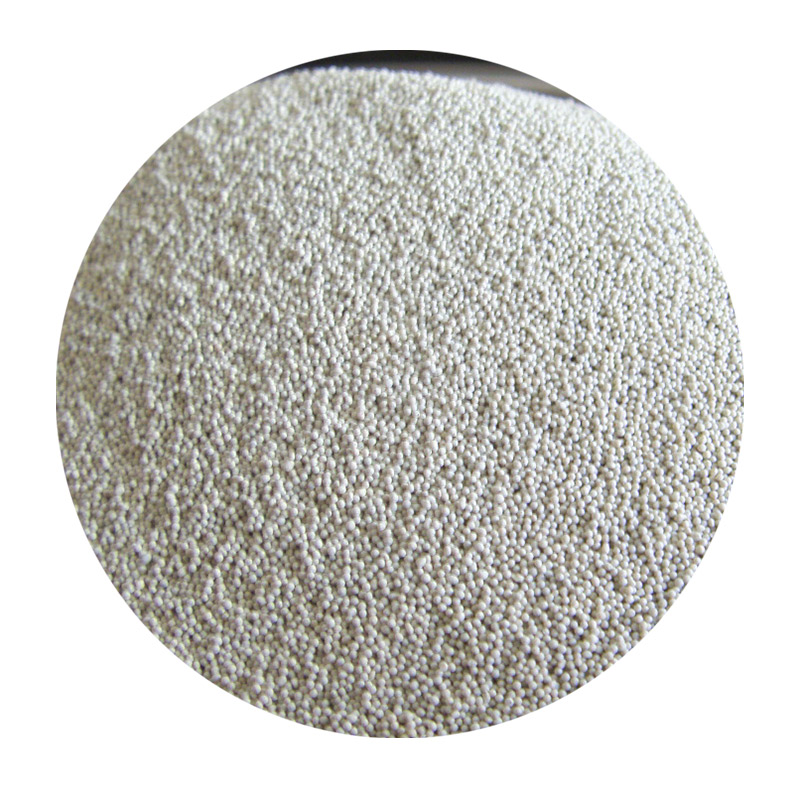The Art and Craft of Sand Casting
Sand casting, a time-honored manufacturing process, has been at the heart of metalworking for centuries. This technique, which involves pouring molten metal into a sand mold, is renowned for its simplicity, versatility, and capability to produce complex shapes. As we delve into the intricacies of sand casting, we discover the blend of art, science, and craftsmanship that makes this method both fascinating and functional.
Historical Context
The origins of sand casting can be traced back to ancient civilizations. Archaeological evidence shows that the technique was used in China and Egypt more than 3,000 years ago. Artisans would mold sand around a pattern made from wood or metal, creating a cavity into which molten metal was poured. The resulting cast objects ranged from simple tools to intricate jewelry, illustrating the diverse applications of this method.
As metallurgy evolved, so did sand casting. The Industrial Revolution brought significant advancements in materials and processes, allowing for the mass production of metal components. Despite the rise of modern manufacturing techniques such as die casting and investment casting, sand casting has maintained its relevance due to its unique advantages.
The Sand Casting Process
The sand casting process typically involves several key steps
1. Pattern Making The first step is to create a pattern, which is an exact replica of the object to be made. Patterns can be made from various materials, including wood, metal, or plastic, depending on the complexity and size of the final product.
2. Mold Preparation The pattern is used to form a mold. Fine sand mixed with a binder (such as clay) is packed around the pattern to create a mold cavity. The mold is typically created in two halves (cope and drag), which are then assembled.
3. Melting and Pouring Once the mold is prepared, metal is melted in a furnace at high temperatures. The molten metal is then carefully poured into the mold cavity, filling it to create the desired shape.
sand cast

4. Cooling and Solidification The molten metal is allowed to cool and solidify within the mold. This cooling time can vary depending on the type of metal and the thickness of the casting.
5. Mold Removal and Finishing After the metal has cooled, the sand mold is removed, revealing the cast object. The casting may require further finishing processes, such as sanding, machining, or painting to achieve the desired surface finish.
Advantages of Sand Casting
One of the primary advantages of sand casting is its ability to produce large, complex shapes that would be difficult or impossible to achieve with other methods. The flexibility of the sand mold allows for the easy modification of patterns, making this technique ideal for one-off prototypes or small production runs.
Additionally, sand casting is economically viable for a wide range of materials, including ferrous and non-ferrous metals. The raw materials for sand molds are relatively inexpensive, and the process can be adapted for various production scales, from small artisan shops to large industrial operations.
Applications in Modern Industries
Today, sand casting is extensively used across many industries, including automotive, aerospace, and art. In the automotive sector, sand casting is employed to produce engine blocks, transmission cases, and other large components. The aerospace industry utilizes sand casting for vital components that require lightweight yet robust materials.
Moreover, artists and sculptors often use sand casting to create intricate metal sculptures, infusing the traditional craft with contemporary design sensibilities. The ability to reproduce detailed designs makes sand casting an attractive option for artistic endeavors.
Conclusion
Sand casting is more than just a manufacturing process; it is a blend of artistry and engineering that has stood the test of time. With its rich history and ongoing relevance in modern industry, sand casting continues to be a vital technique for producing a wide array of products. As we look to the future, the enduring nature of sand casting reminds us of the importance of skilled craftsmanship and innovation in the ever-evolving world of manufacturing.
Post time:نوفمبر . 08, 2024 04:08
Next:Innovative Techniques for Effective 3D Sand Casting in Modern Manufacturing
